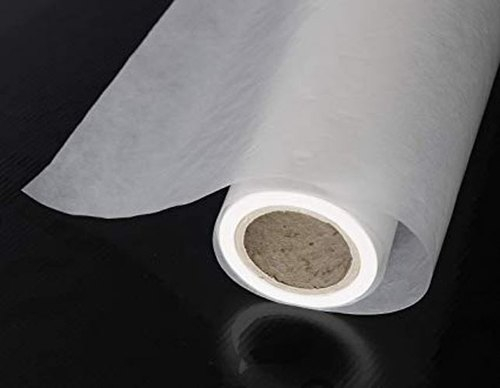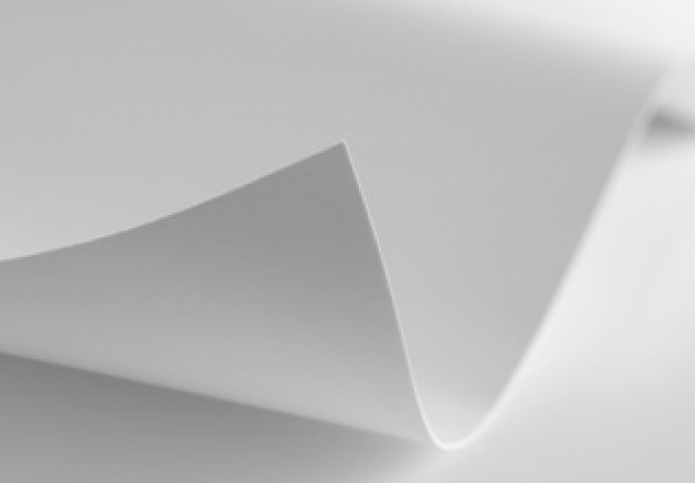
And the larger the art-Yupo is available 60wide x 10 yds-the more contemporary the presentation becomes, occasionally requiring cleats or stand-offs as hanging hardware. Artists may still mat, glaze and frame synthetic paper as they would any watercolor paper, but may also opt for an open-air float frame, cradled box, or mounting to some other rigid substrate for the no-frame look. Once completed, synthetic original paintings still need to be protected and configured into a wall display, but here is where things vary from the traditional. All of these products are currently being sold by art, paper and printing suppliers as roll, single sheet, tablet, and/or sketchbooks, the most popular being Yupo.

Having been developed as an eco-friendly wood alternative, synthetic papers were originally designed to be more green for the printing/signage industry, and since they are receptive to paint, it stands to reason that artists would embrace them too. These synthetics are more familiar to us by their manufactured products and names: foamboard is polystyrene Tyvek is polyethylene which feels like fabric, may be sewn or glued and is used mostly for packaging, but may be painted with acrylic Yupo is polypropylene, which is satin-coated and feels like a coated paper Evolon is polyester/nylon that is tear proof, lint-free and doesn't stretch or expand, used for printing and painting and TerraSkin is calcium carbonate/polyethylene resin for printing and art that is water and tear resistant. They include various grades of plastics including polyvinyl chloride (PVC), polystyrene, polyethylene, polypropylene and polyester/nylon. Synthetic papers are known as durables, synthetics or plastics, but are not paper. Paschke, CPF GCF "Yupo Part 1: What To Do With Yupo" November 2015

YUPO TRANSLUCENT PAPER ROLL ARCHIVE
An artist will also see different results when using various shading techniques such as cross hatching, using a blending stump, or other methods, so it's best to test out different papers and see what your own individual preferences are.Chris Paschke - Yupo Part 1: What To Do With Yupo Paschke Online Designs Ink Publishing Article Archive and Reference Library Articles by Chris A. The toothier surface of a drawing sheet is better for “grabbing” dry media, which allows an artist to create more intense areas of light and dark than what could be achieved on a sketch surface. Many artists reserve mediums like pastels and colored pencils for drawing paper versus sketch paper since those are typically intended for finished art and the deeper tooth of a drawing paper allows artists to get more depth of color. However, drawing papers typically have a toothier surface, allowing for enhanced variability of tone.


Drawing paper typically will be a bit more expensive than Sketch paper and will usually contain fewer sheets in a pad.īoth sketch and drawing papers are intended for use with dry media such as graphite, charcoal and conte. Sketch paper is typically less expensive, giving you lots of sheets to practice with in your pad. The paper can usually stand up to more erasing and more fine detail work. With drawing papers typically being heavier, the artist is able to work on the sheet longer and refine work. Sketch paper is often lighter weight, while drawing paper is conversely a bit heavier in weight.


 0 kommentar(er)
0 kommentar(er)
